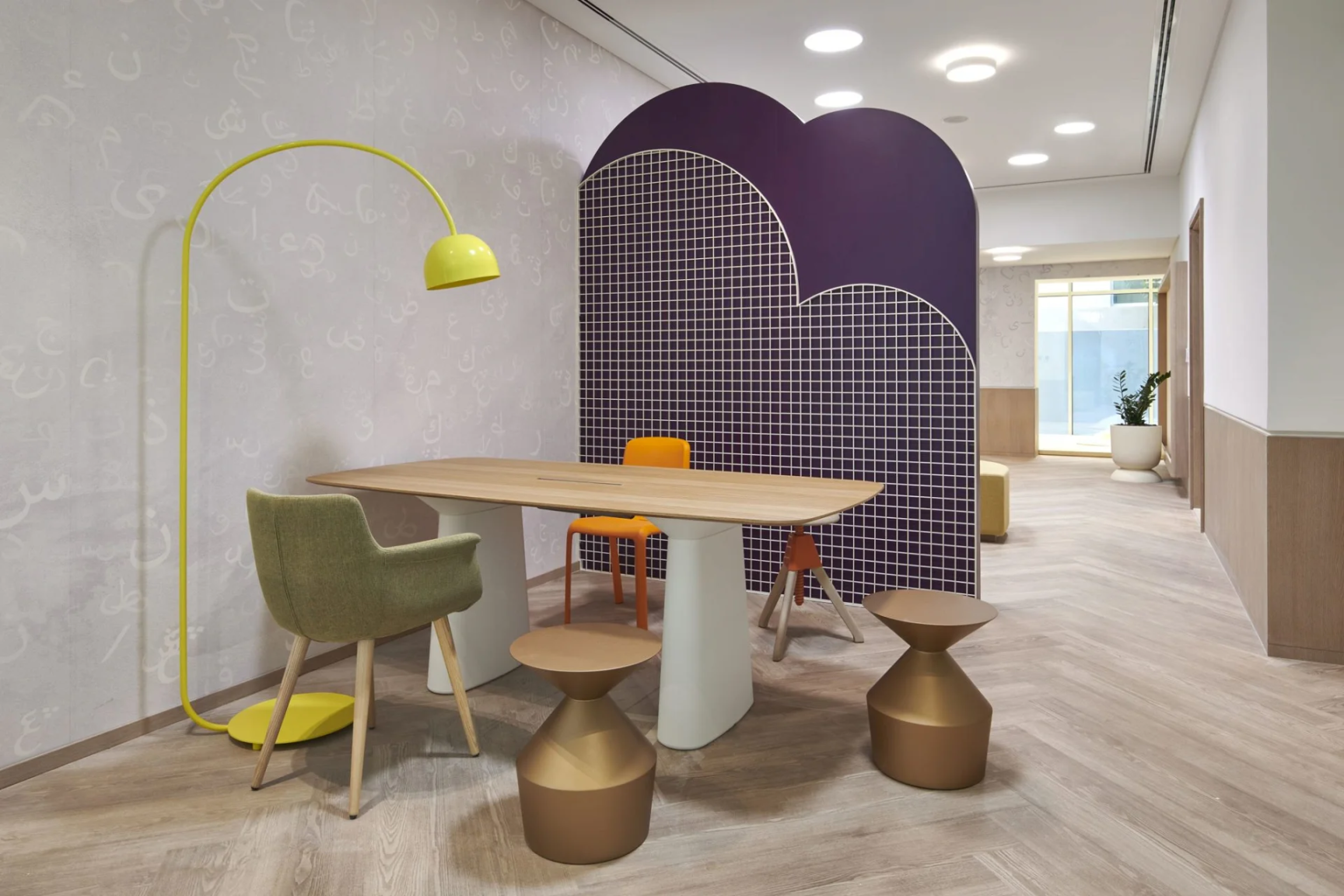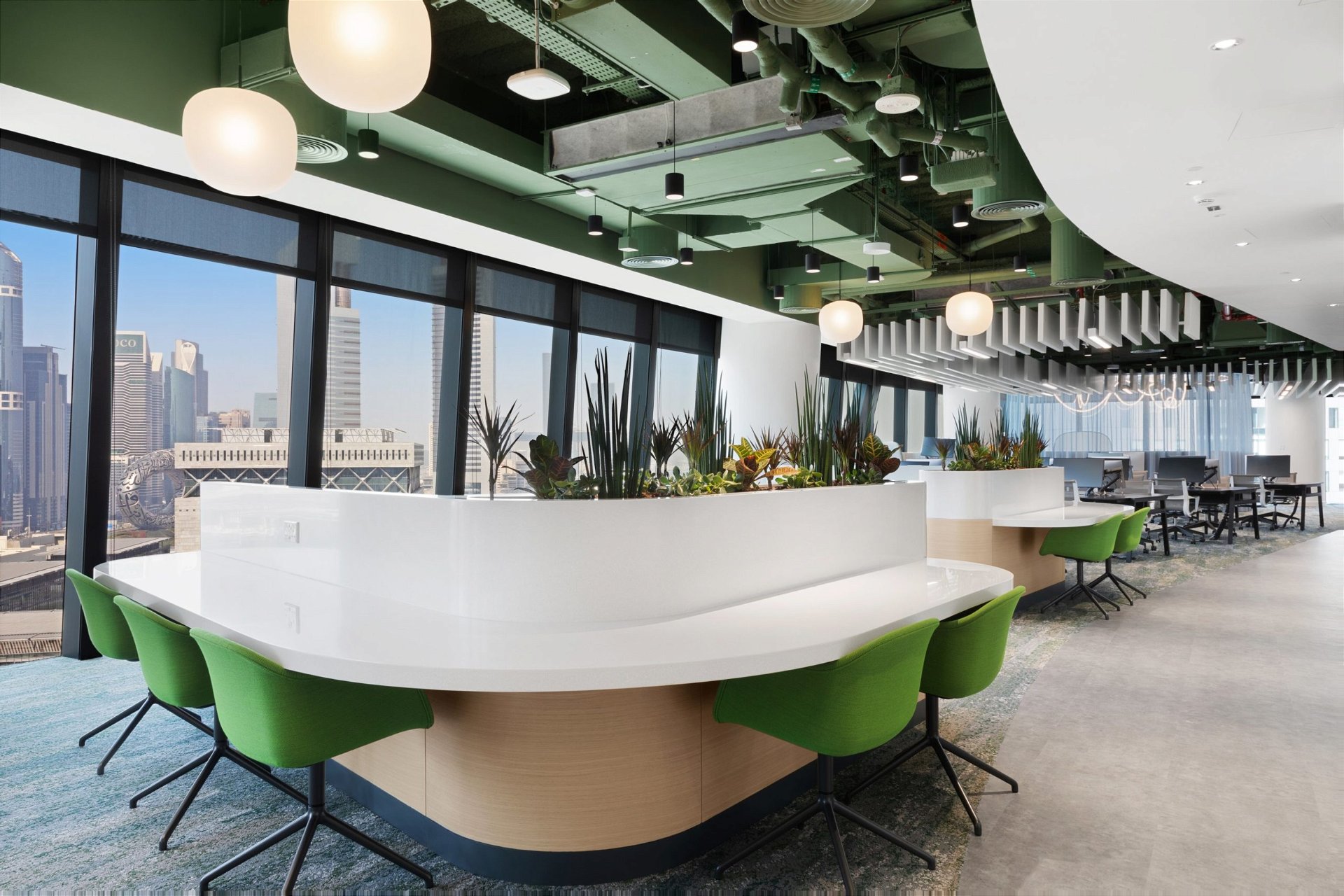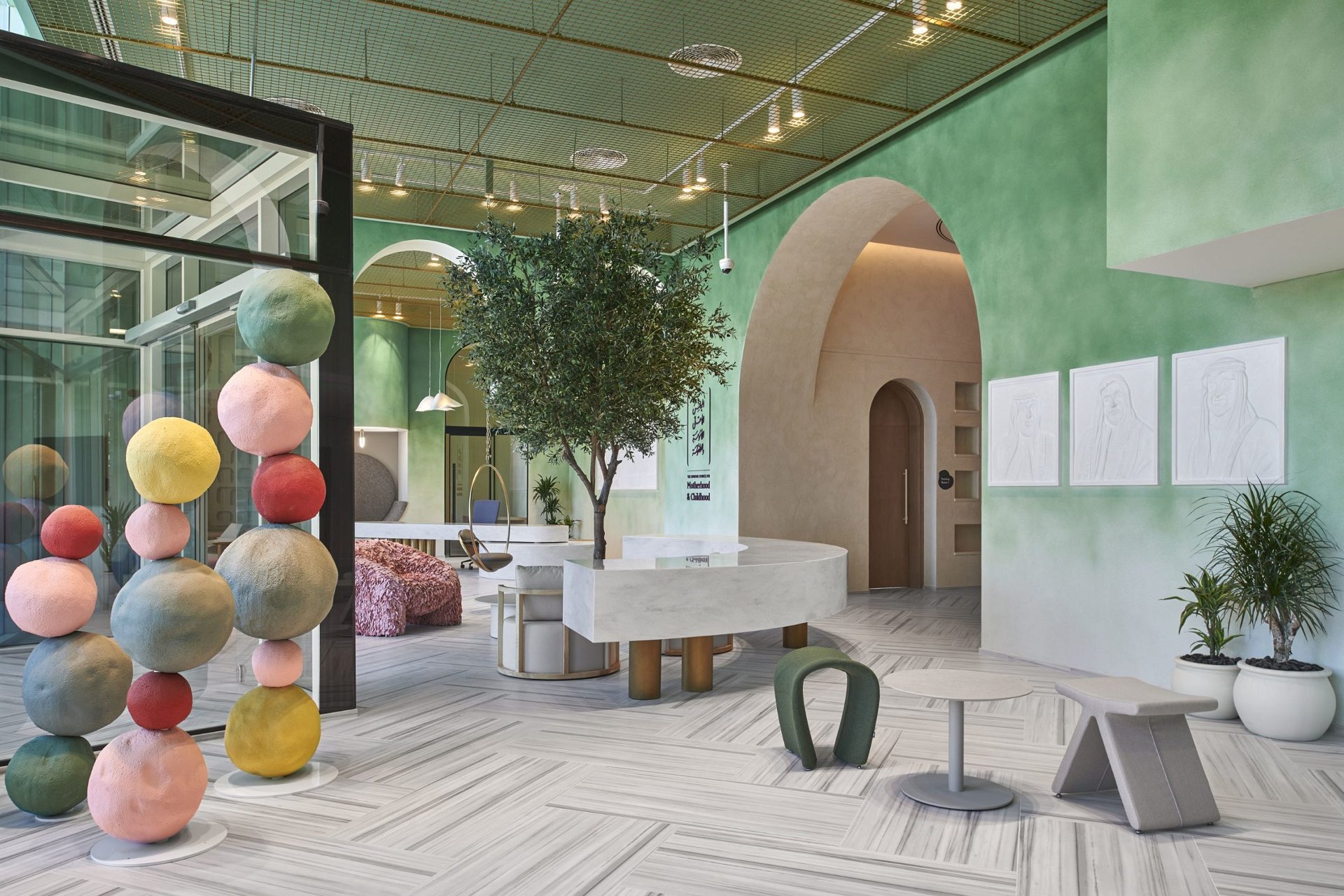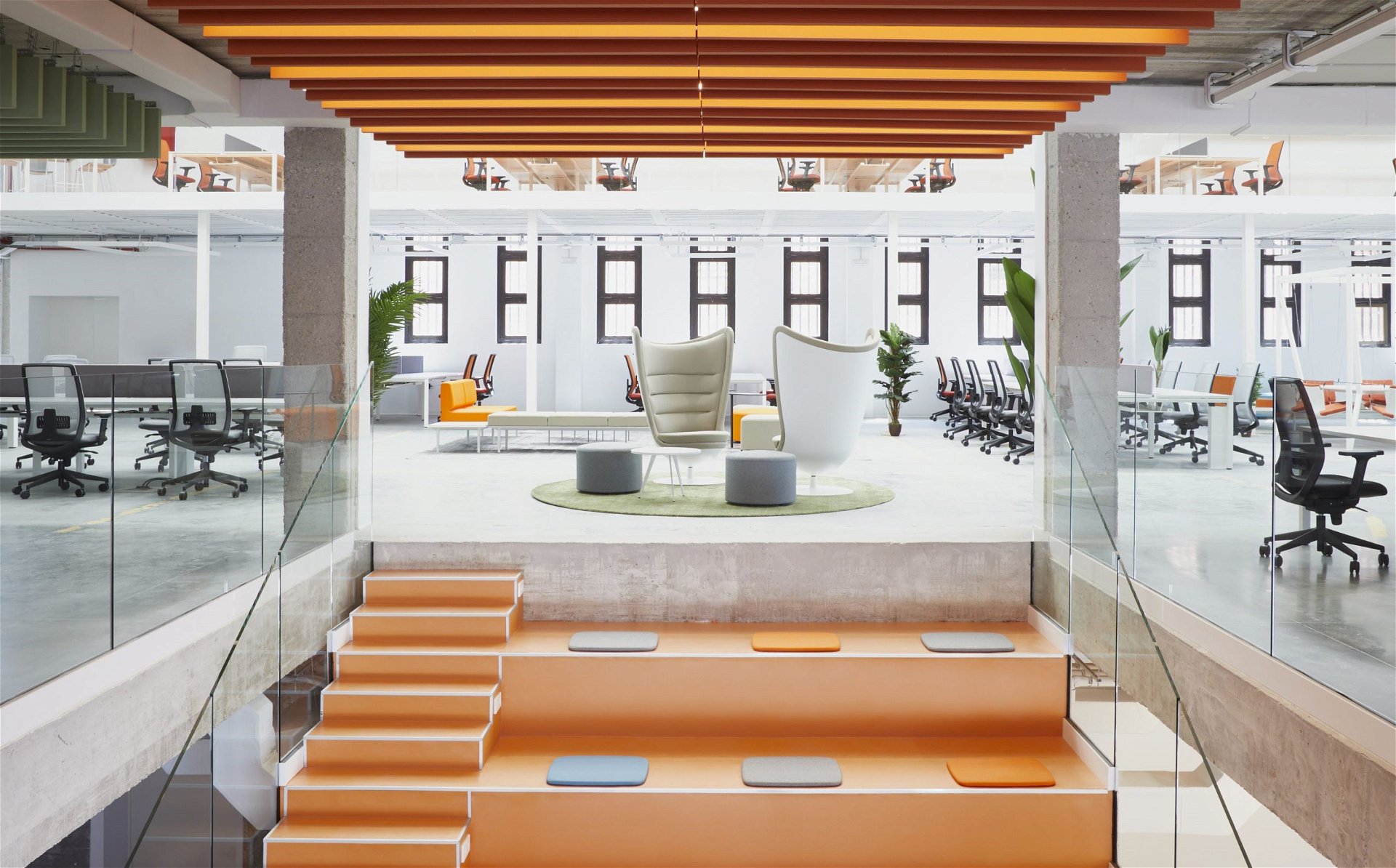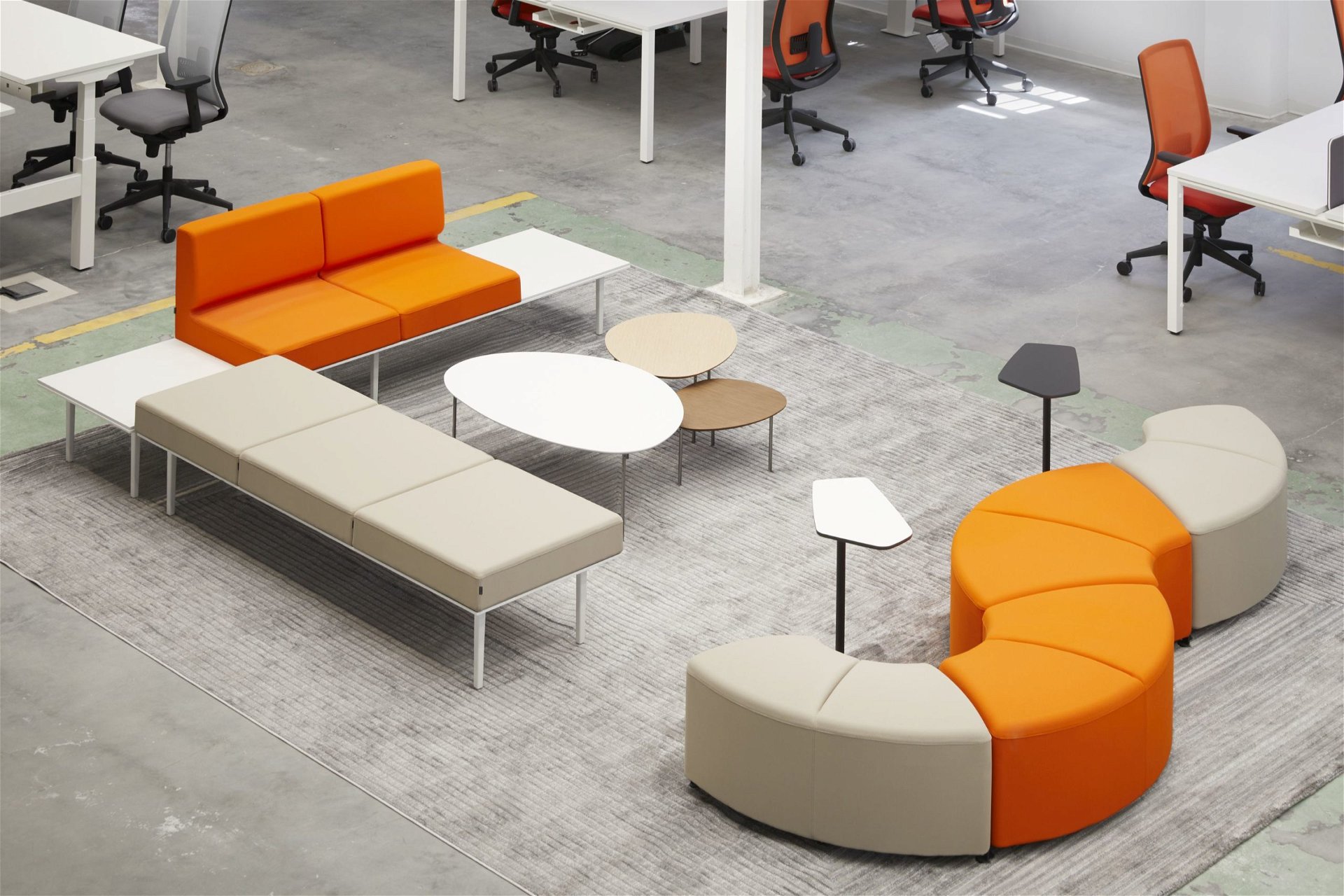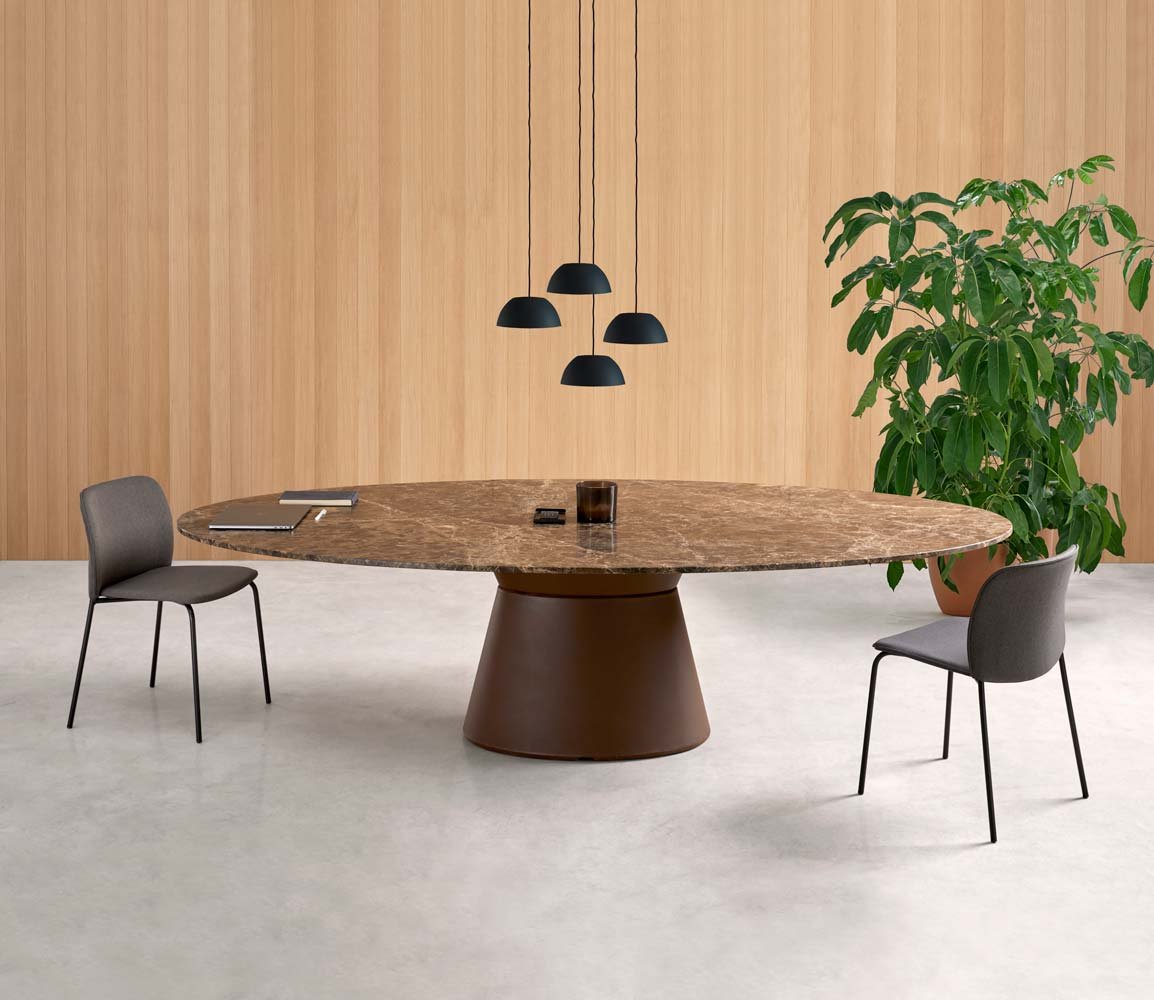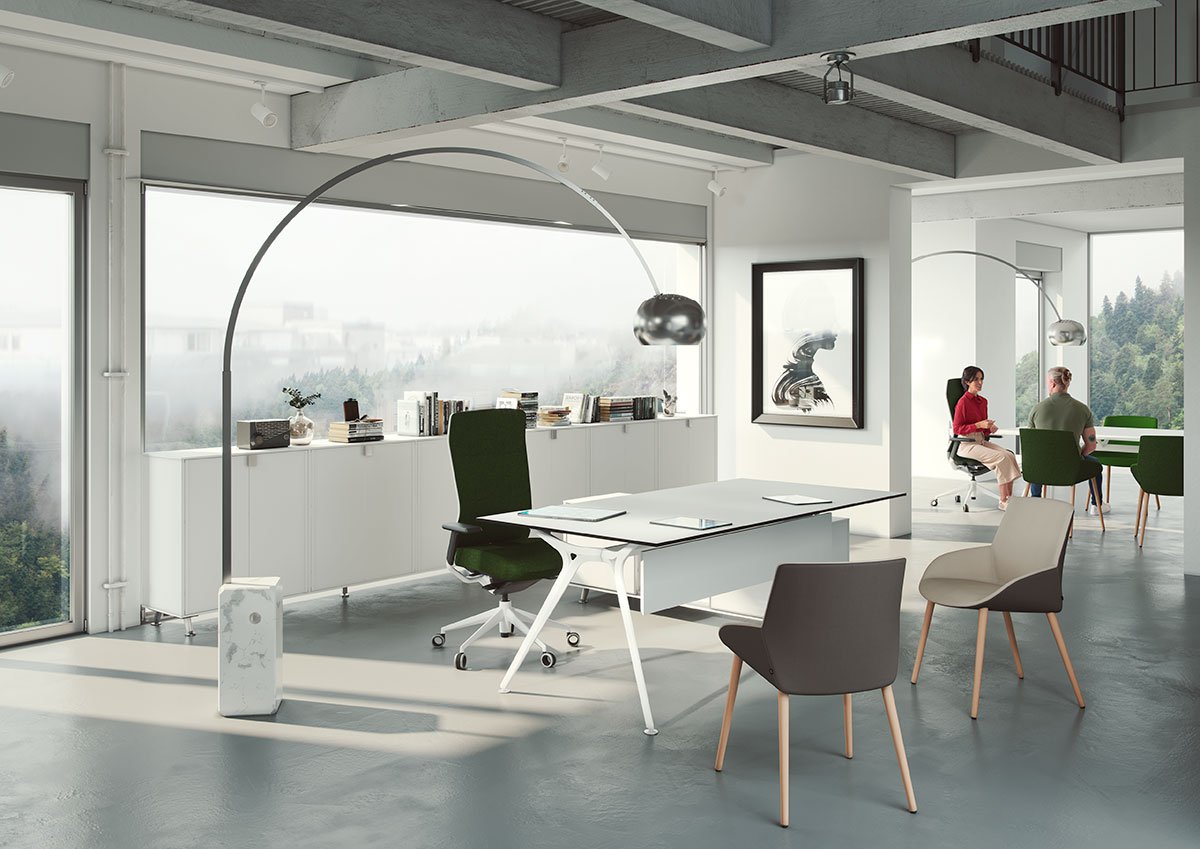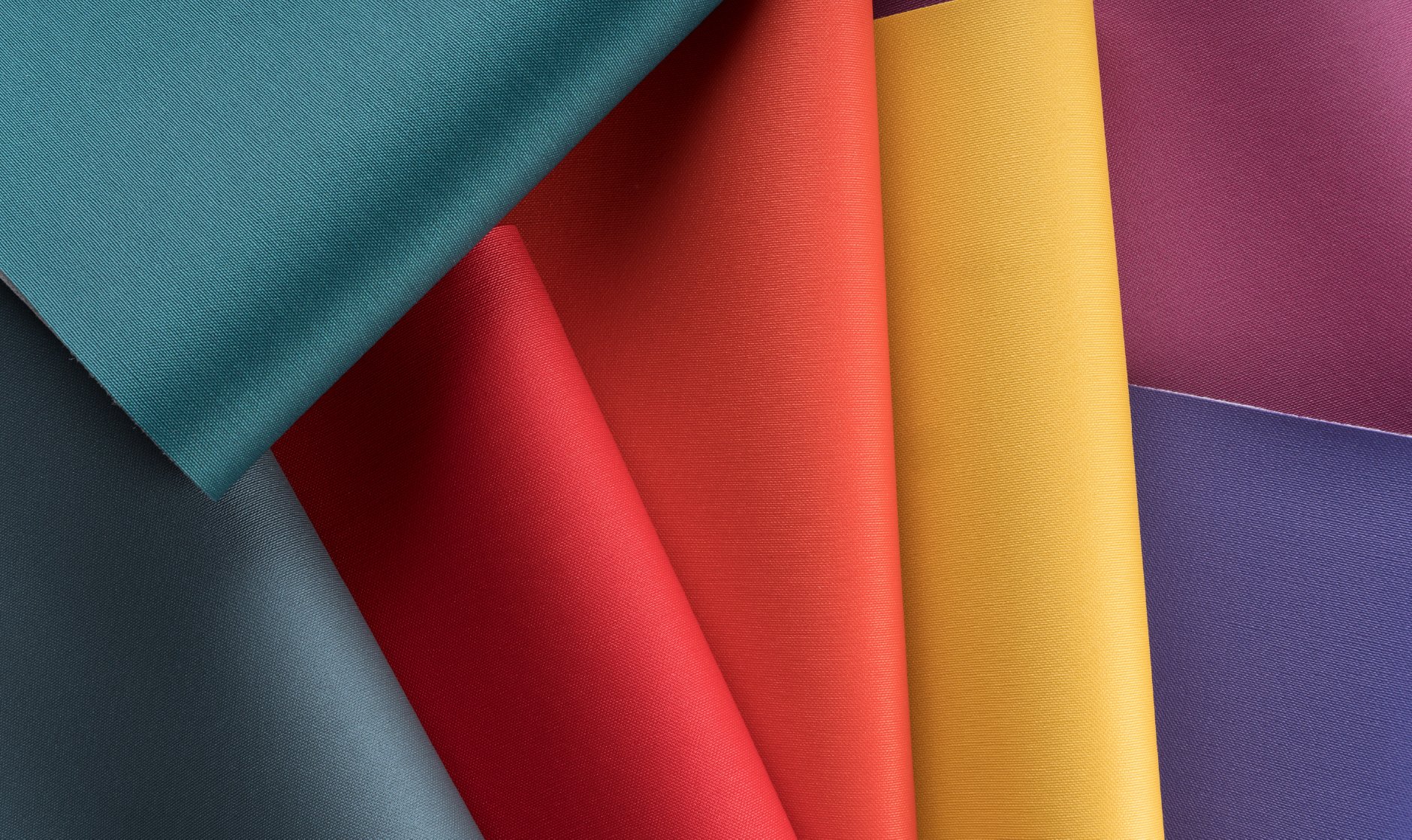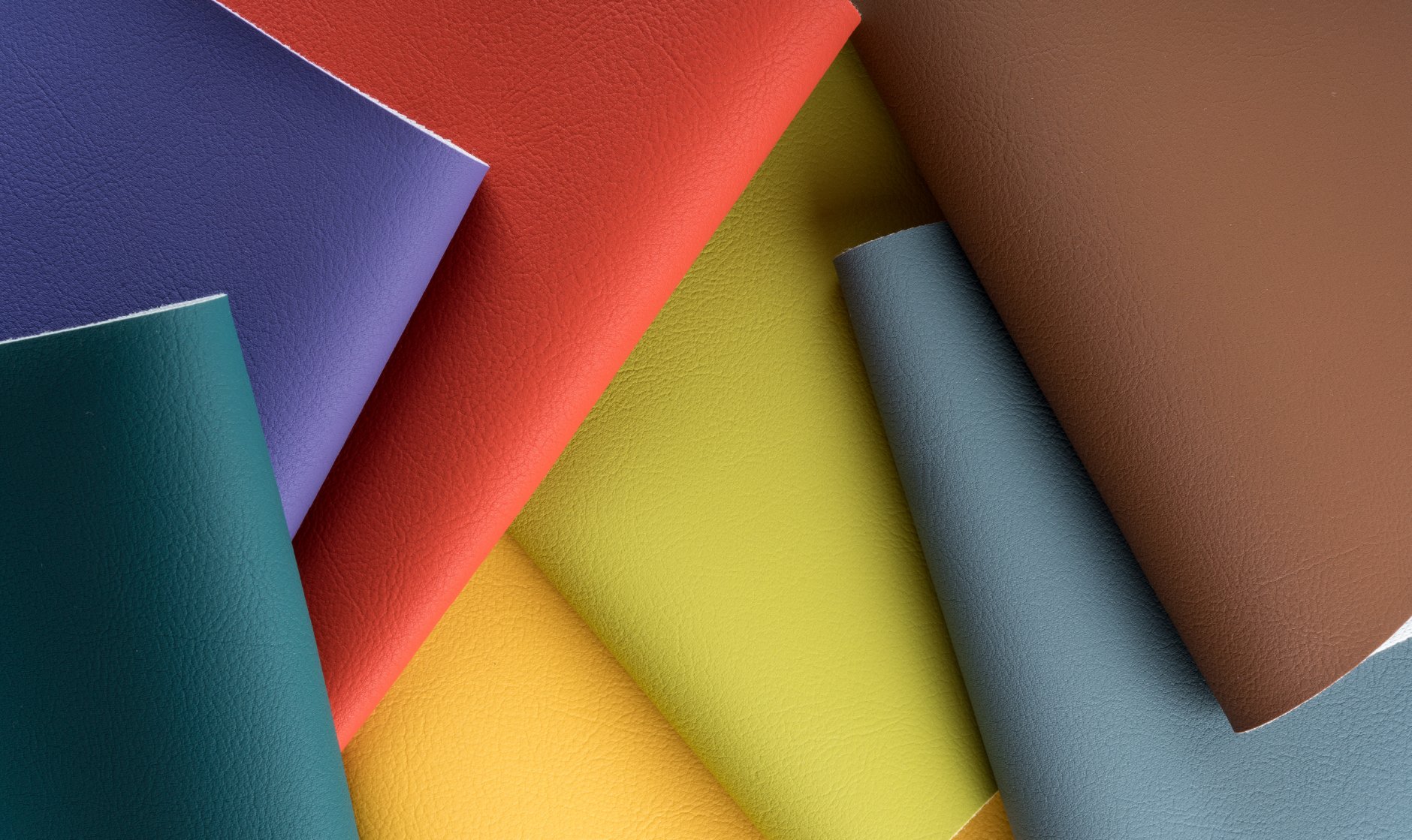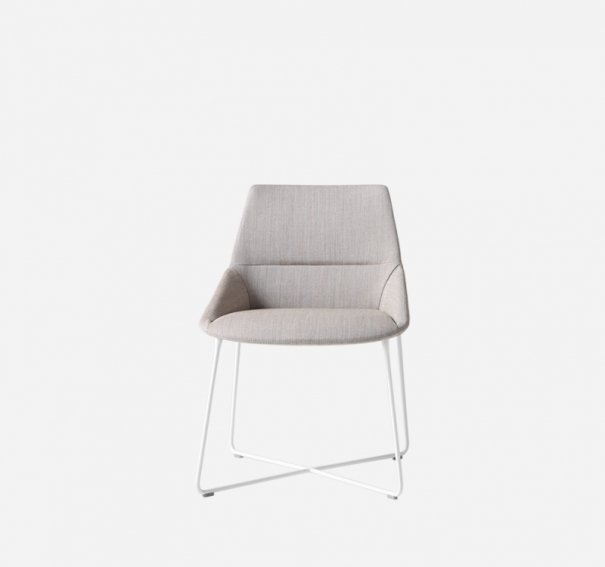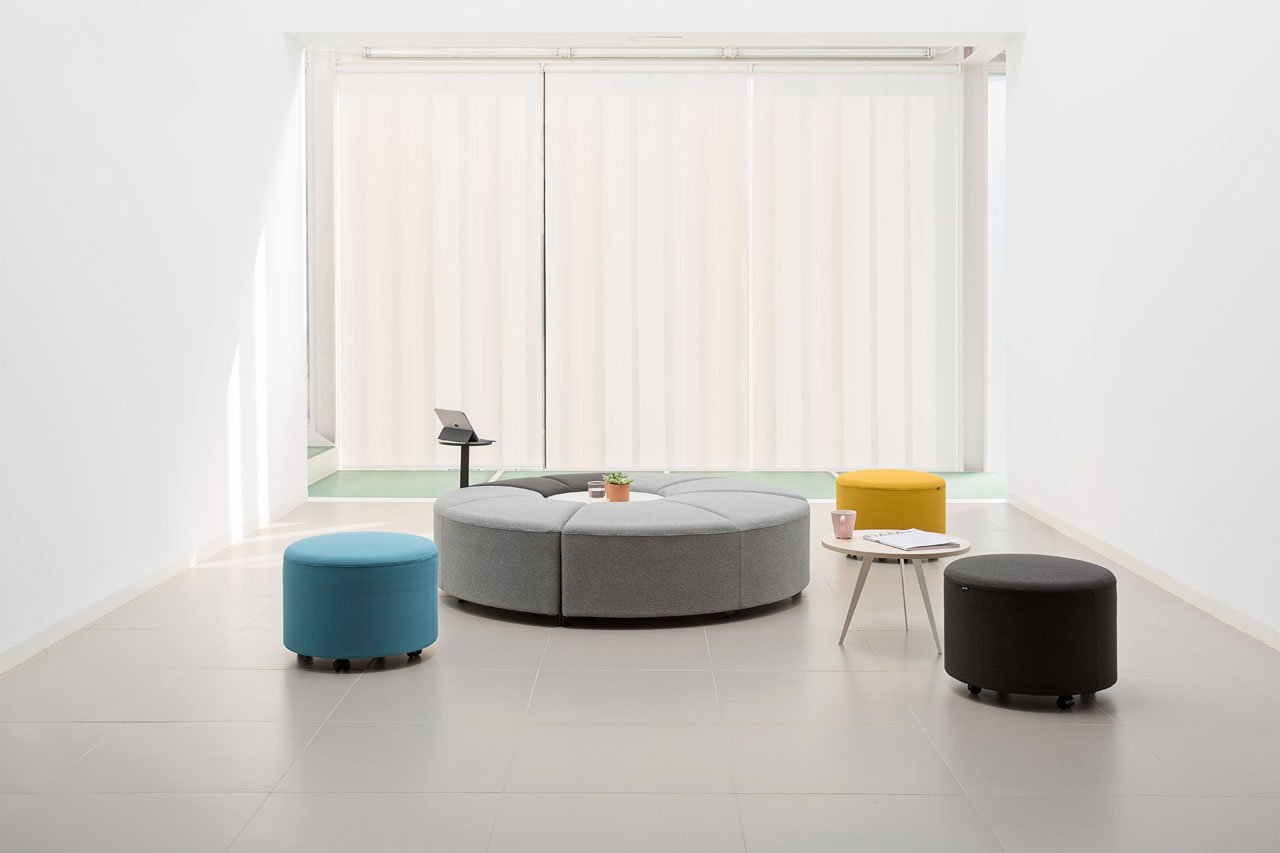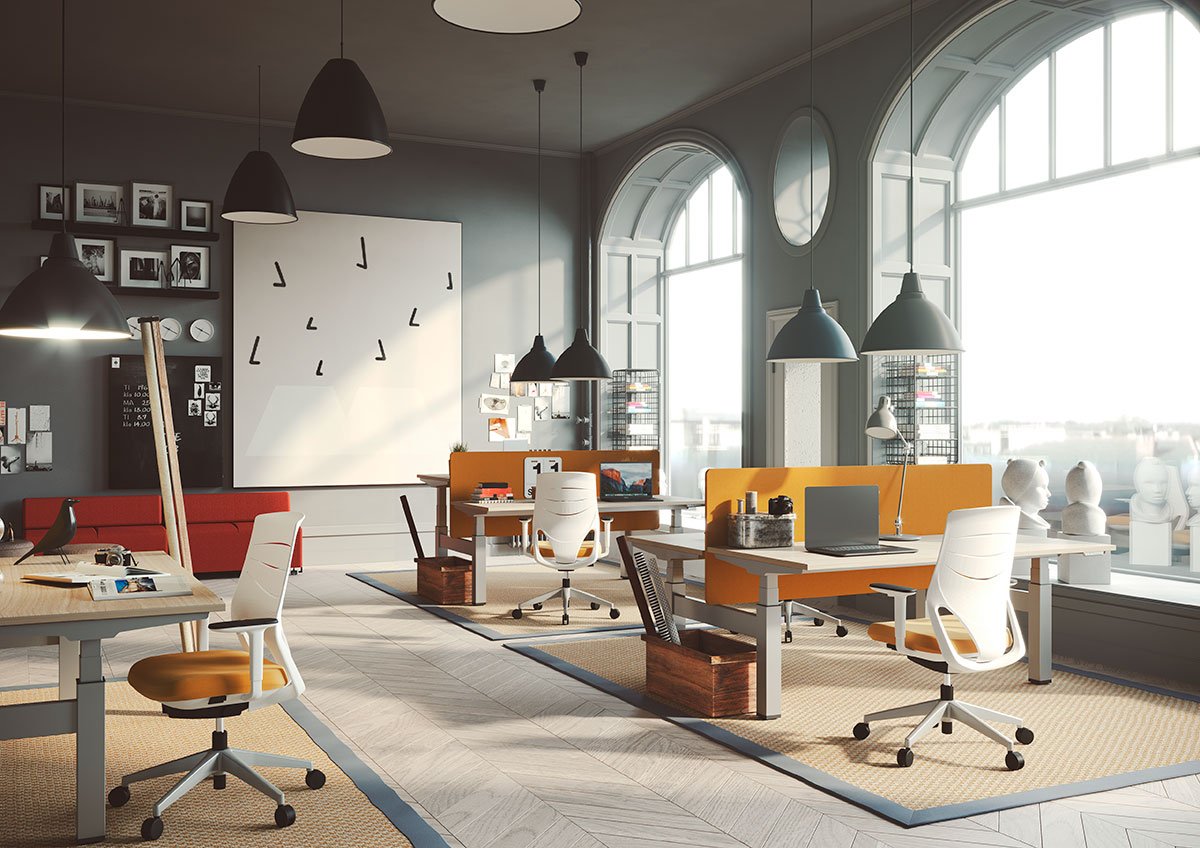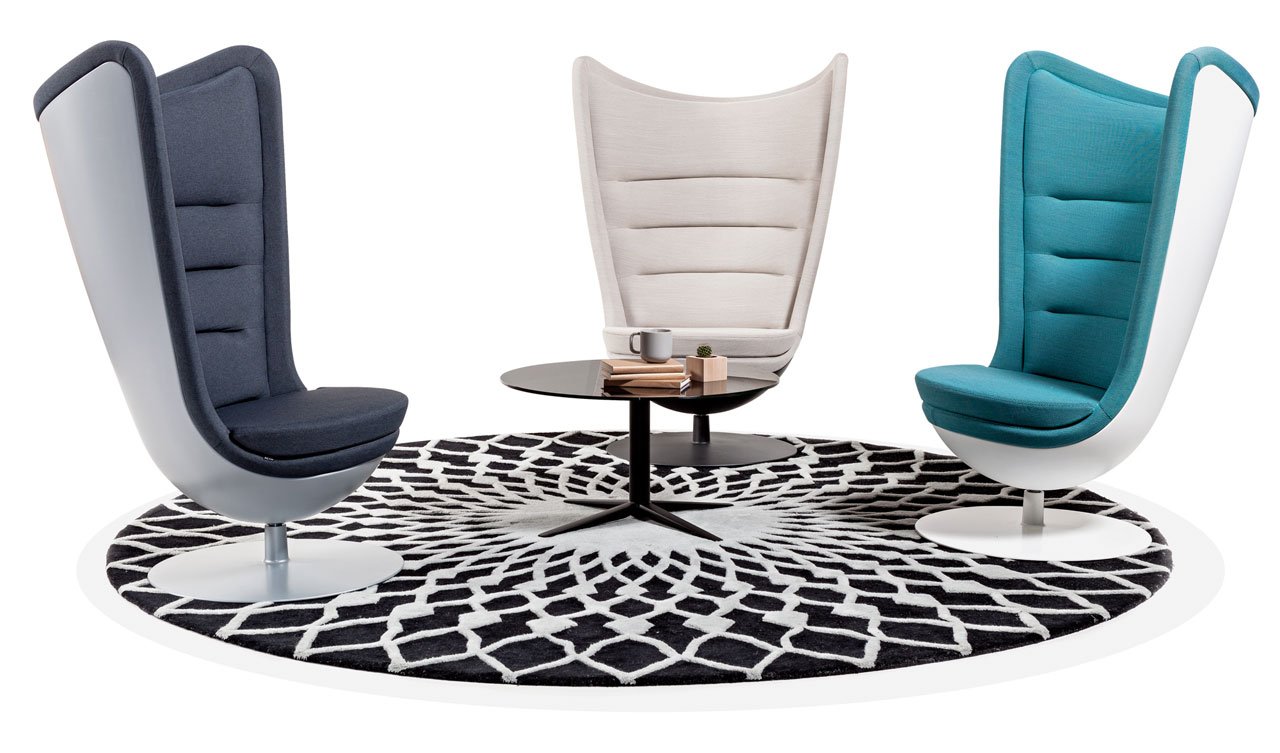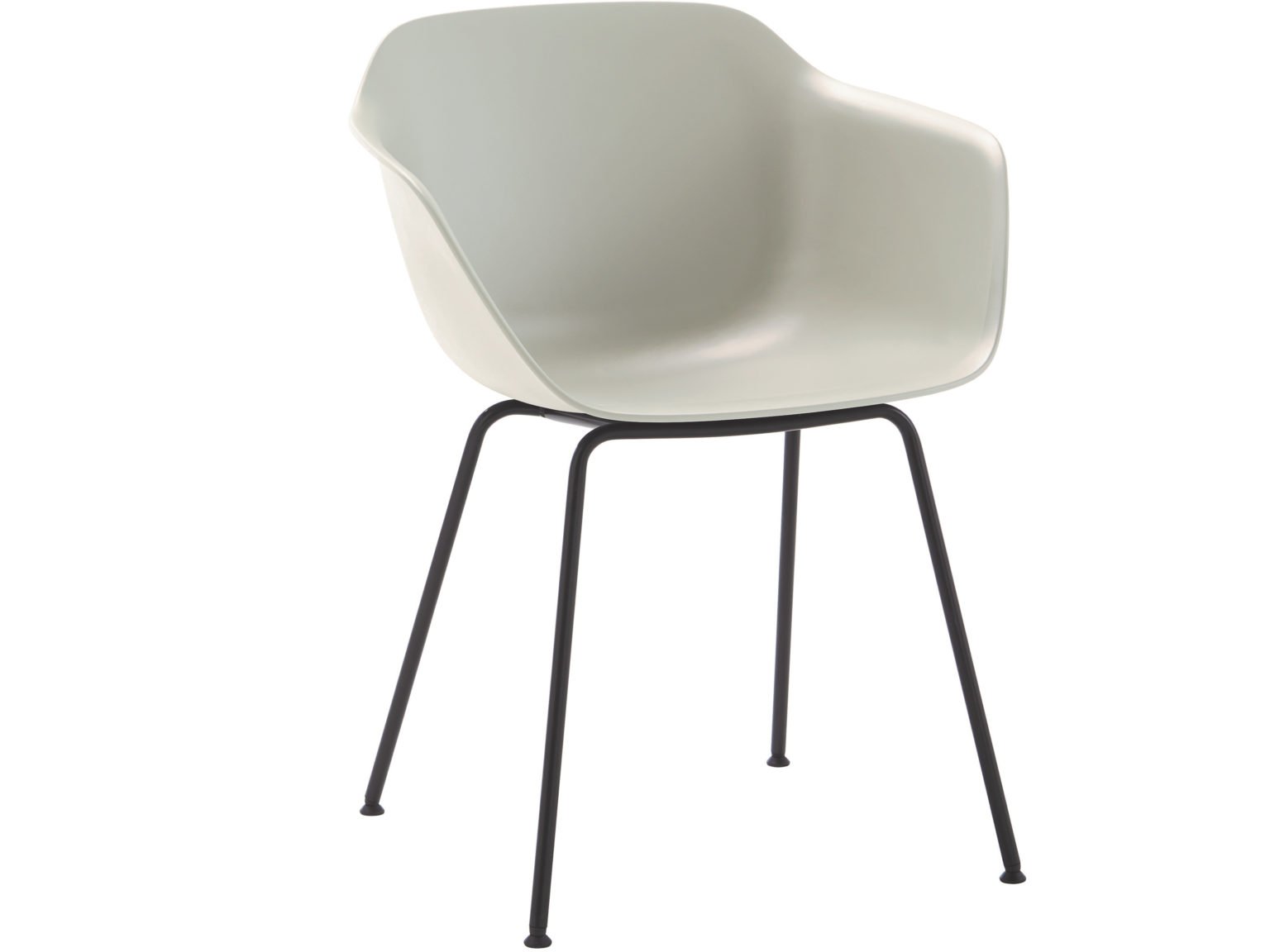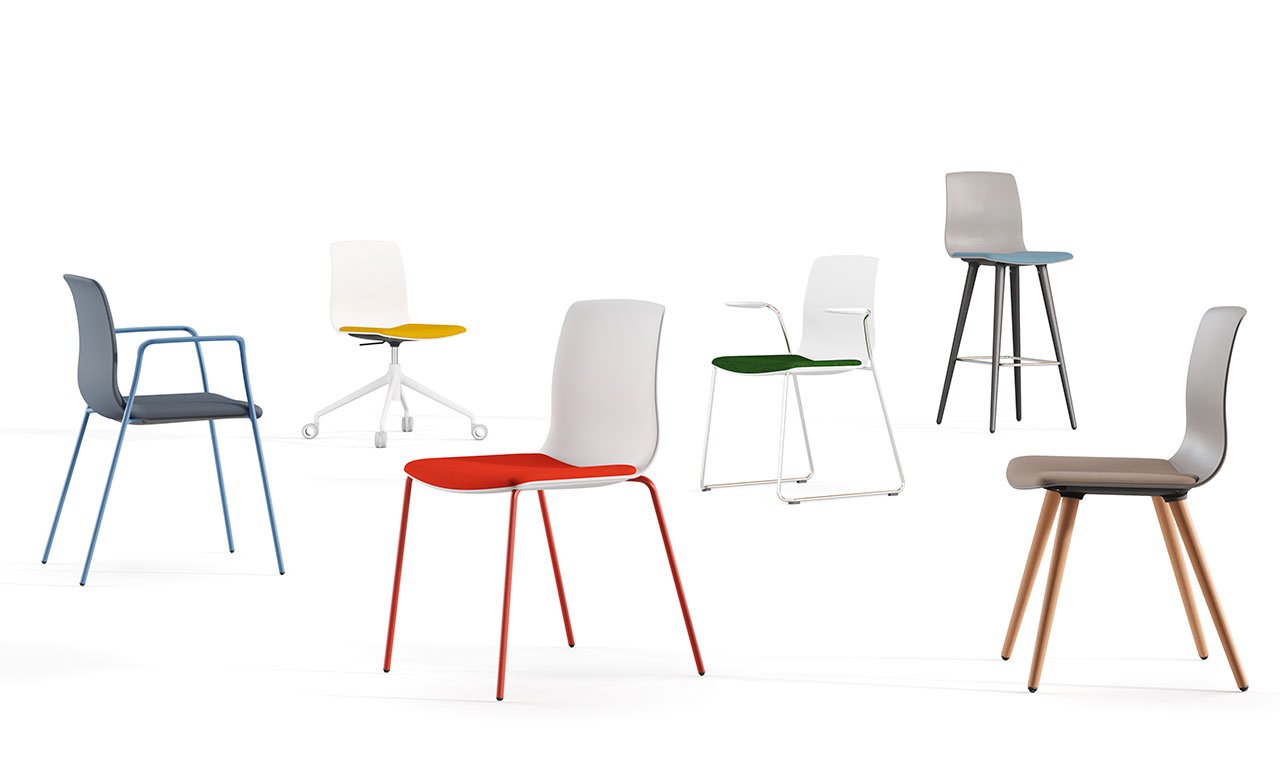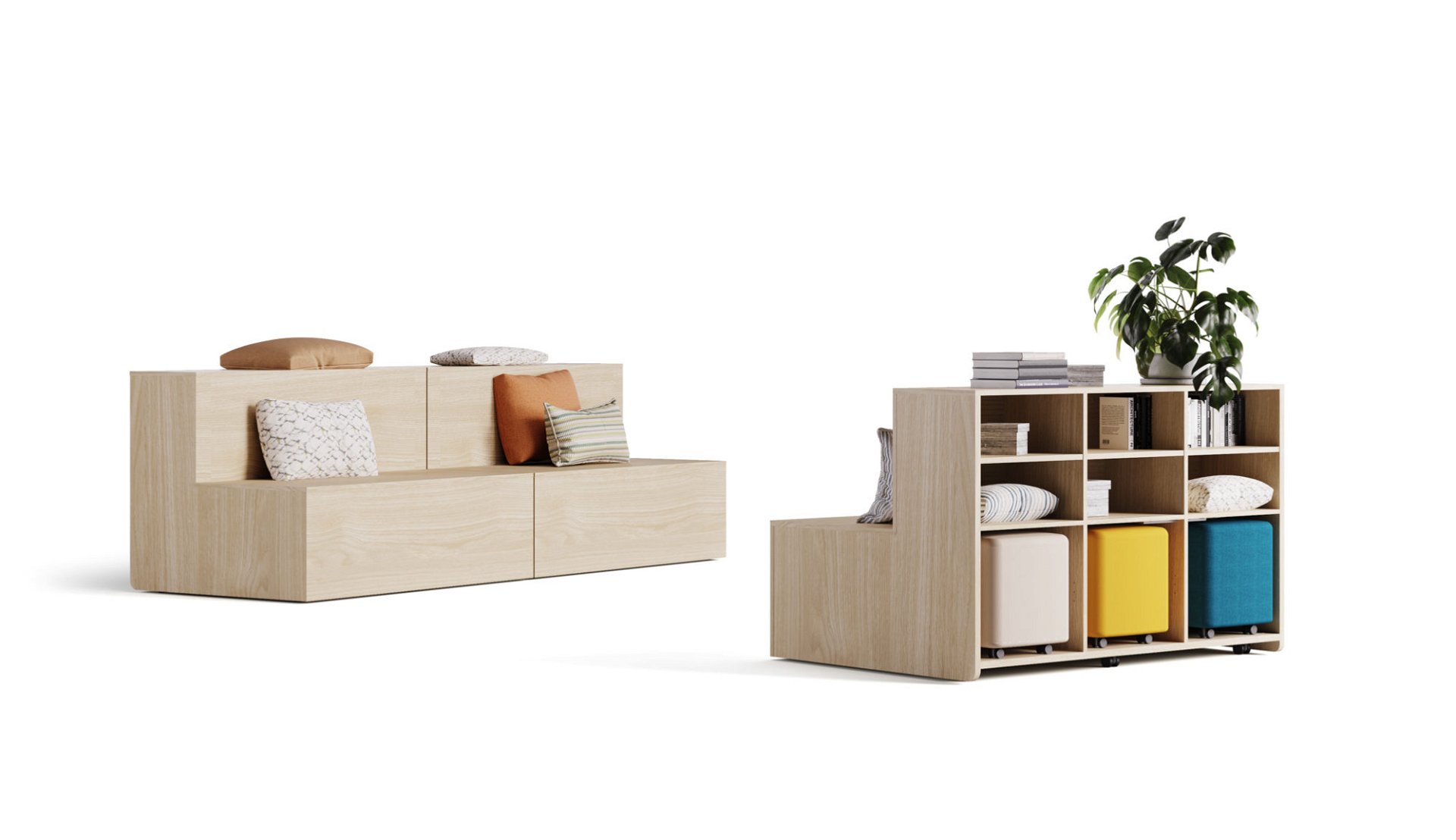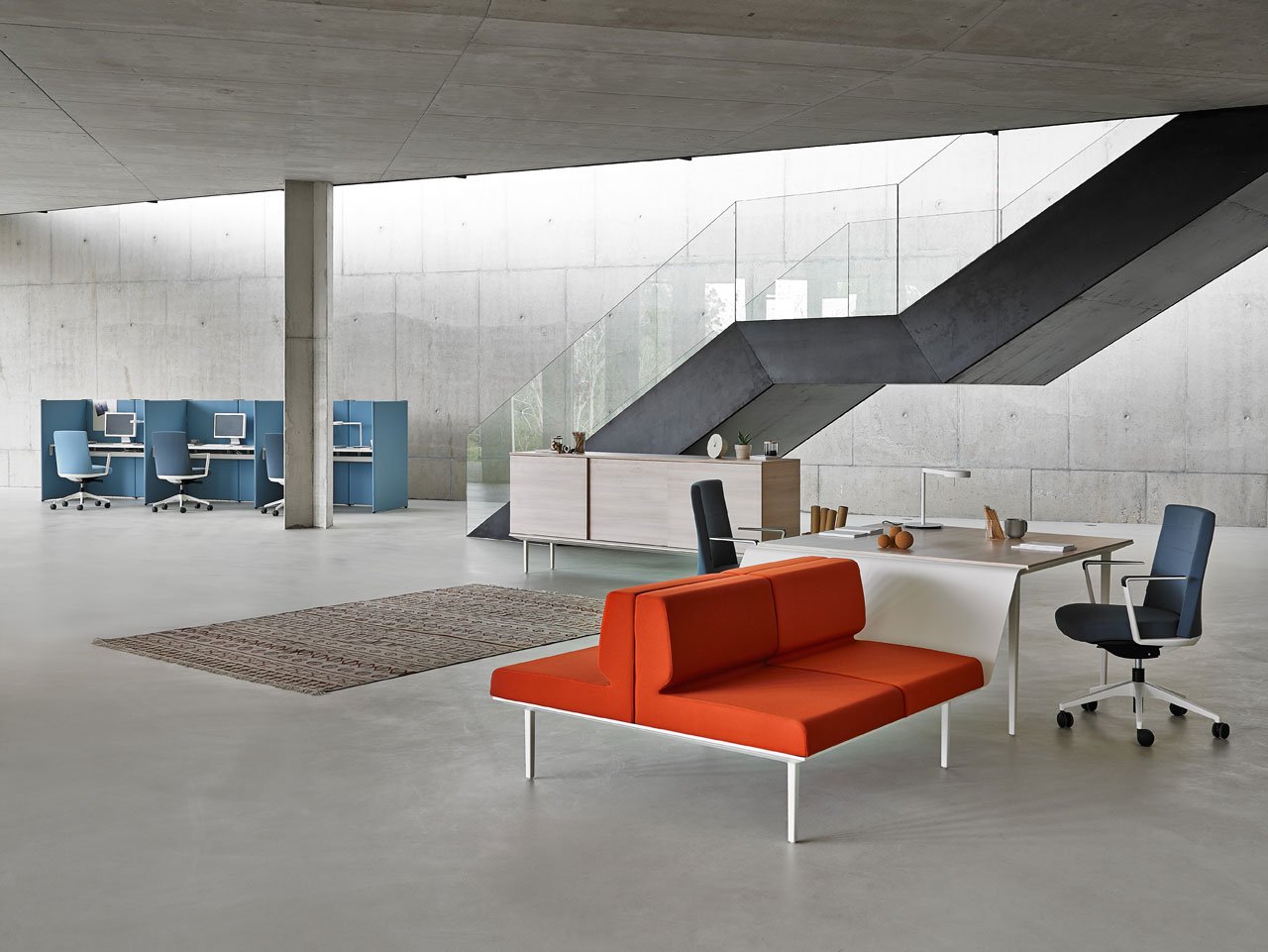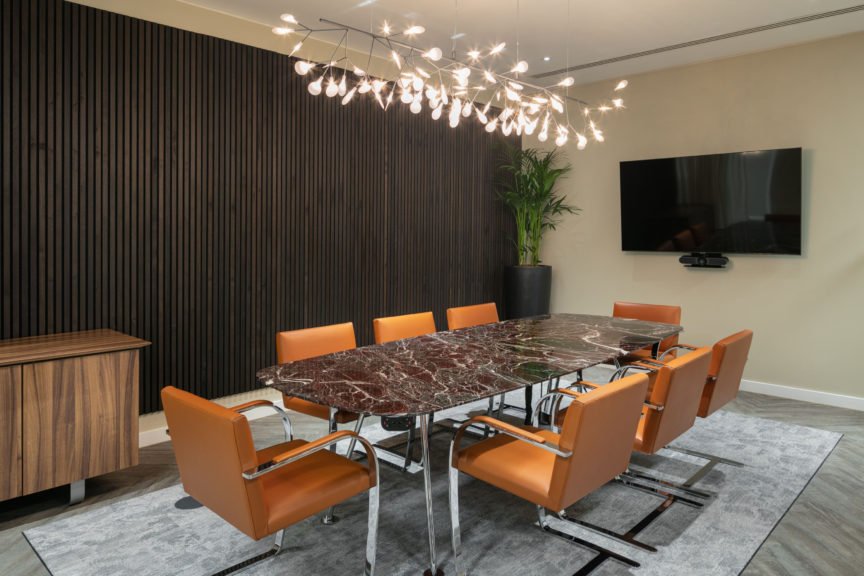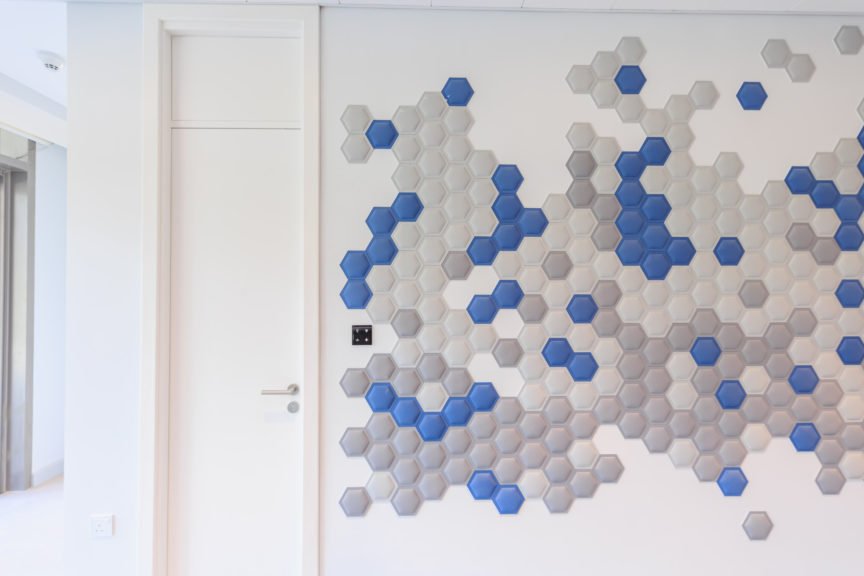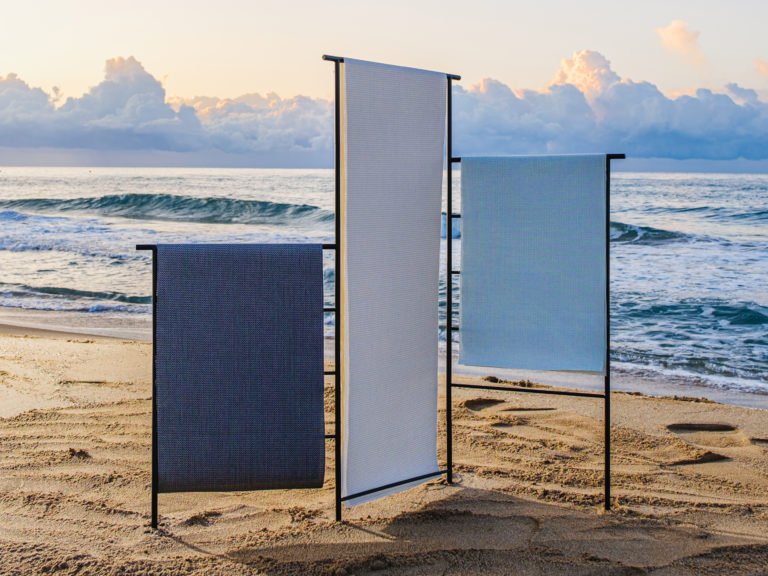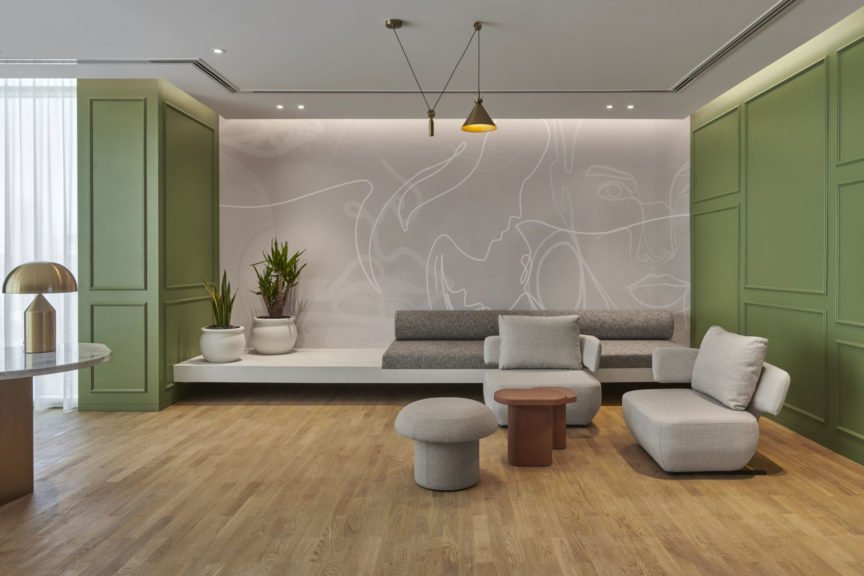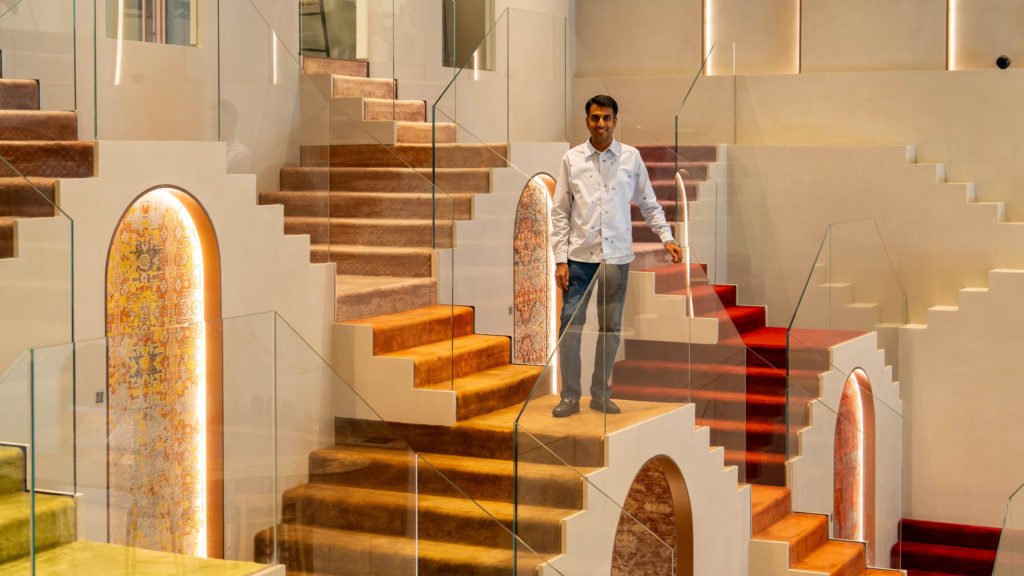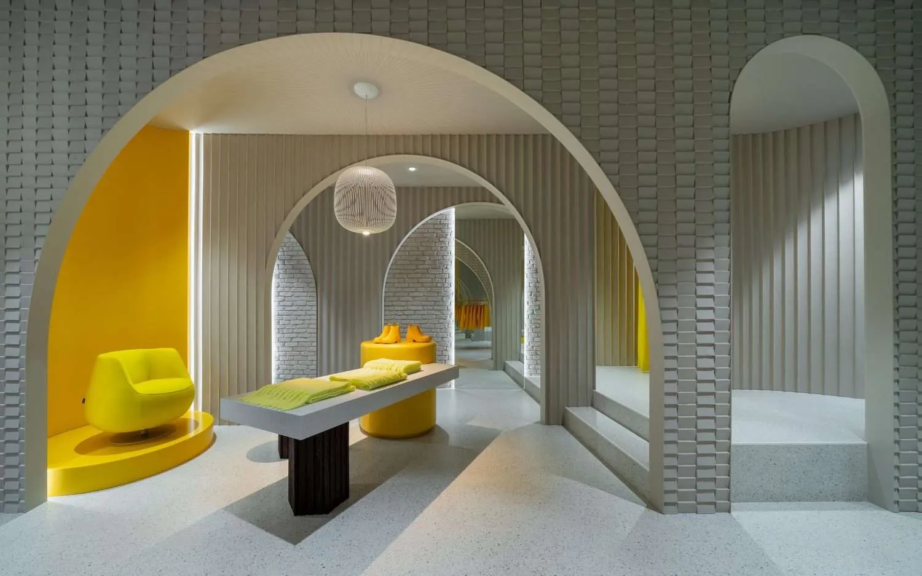Alexander Graham Bell, inventor of the telephone, once said, ‘Great discoveries and improvements invariably involve the cooperation of many minds.’ His groundbreaking invention, too, resulted from a series of collaborative events. Alexander Melville Bell, his father, concocted Visible Speech to help the deaf learn to speak.
As the father passed down wisdom to his son, Alexander Bell was able to decipher how sound is transmitted via the larynx. Samuel Morse was another brilliant mind pivotal to the trajectory. Only after Samuel invented the telegraph did the idea of transmitting communication to devise the telephone dawn upon Bell Jr.
It’s ironic – something that facilitates collaboration today was born out of collaboration years ago. Or is it?
Acknowledged or not, teamwork has been a driving force in most success stories. Of course, there is the exception of the ‘lone wolves’, who thrive individually. Yet, often, their party of one is left with no choice but to liaise with colleagues on certain tasks. With more workspaces piloting a collaborative approach, designing for teams and individuals in the same space can prove challenging. What’s even more taxing is getting those not fond of working in cohorts to feel at ease and even incentivised by simply being in the dedicated space.
Perhaps that’s why contemporary collaborative spaces are doused in vivid tones and patterns: to leverage colour psychology to imbue an upbeat vibe subtly.
Every designer is well-versed in colour psychology; they understand the power of balance, blends and harmony. The curation of spaces requires poignance and being mindful of how a user interacts with their surroundings. Humans are a diverse species, after all. How different colours and hues affect people can vary due to cultural backgrounds, preconceived notions or personal preferences. It may be difficult to define what emotion would be evoked in a collective by a particular colour, but it’s more or less predictable along with the right features.
Sara Jamil, Senior Interior Designer at Roar, has worked on a range of corporate projects in her tenure. She was also part of the team who worked on the alluring Supreme Council for Motherhood and Childhood (SCMC) Offices, completed towards the end of 2022. “Collaborative spaces are designed in bright colours,” she says, “because they are known to help create a more inviting, positive and energetic environment. Bright colours such as yellow, orange, and green are associated with happiness, creativity, and productivity. Roar had applied that perspective in designing the SCMC Offices as these colours can help to stimulate the brain and encourage people to be more engaged and focused.”
The premise caters to adults and children, making it incumbent to include playful features in the design. What’s commendable about the SCMC Office in Abu Dhabi is the coexistence of earthy finishes with whimsical elements. The space transcends the taboo of employing one single tonality and averting the use of others. In a meeting room, black and white parquet flooring is paired with blush pink TAIA – Armchair 4 Steel Leg Base and white Essens Table from INCLASS. A geometric wallpaper encompassing all the tints sets the mood of a buoyant space with panache and poise.
The Duna XS Chair in another meeting room at SCMC provides footing to multi-hued carpets and the solid-coloured feature wall. The Essens Table makes an appearance at more than one locale in the office; cabins and common areas sport it too. The multiple sightings could be due to the form of the piece and the added benefit of it being available in multiple shades.
The use of colour should not be limited to bold and bright options. A boisterous scheme with overpowering elements is not the objective. Balance is key, and catalysing the equation with variation is a trick of the trade. As showcased by the SCMC office, ‘designing for focus’ shouldn’t be confused with ‘designing to grab focus.’
“Collaborative spaces are designed in bright colours, because they are known to help create a more inviting, positive and energetic environment. Bright colours such as yellow, orange, and green are associated with happiness, creativity, and productivity. Roar had applied that perspective in designing the SCMC Offices as these colours can help to stimulate the brain and encourage people to be more engaged and focused.”
– Sara Jamil, Senior Interior Designer, ROAR
Product Moodboard for Supreme Council for Motherhood & Childhood
Colour and Company Values
Branding is fast becoming an uncompromised requirement for clients. Propagating company values via visual stimulus and familiarity is a popular strategy today. Farah Addada, Associate – Workplace & Design, MEA, Project & Development Services, JLL Mena, issues a reminder. “It’s important to note that colour preferences vary among organisations. Designers should recognise the significance of studying a company’s brand and design guidelines to complement the brand identity effectively. By incorporating interchangeable accents, designers can ensure flexibility and adaptability over time while staying consistent with an organisation’s corporate identity.”
Take the Digiespace Co-Working Centre in Madrid as a case in point. A decorous symphony of orange, blue and green reinforces company values. A lofty amphitheatre garbed in an electrifying shade of orange serves as an axial spine to the project and epitomises the new age workspaces centred around collaborating.
ACTIU’s Mobility Height Adjustable Table, LONGO and BEND Modular seating systems in the same shade reinstate collegial energy throughout the premise. Break-out spaces bring shades of blue and green into the space, adding diversity and vigour. Aptly positioned, the Badminton Lounge in a soothing green sits at the crown of the amphitheatre. Grada Storage-cum-Seating Units and Caddy 550 Mobile Multimedia Units specified in the concurrent colour scheme promote mobility and flexibility.
Conspicuous usage of colour at Digiespace Co-Working Centre cement company values while enveloping users in a lively, collaborative milieu. The role of colours, in this sense, departs from pure aesthetics and turns to bolster motivational and foundational quintessence.
“It’s important to note that colour preferences vary among organisations. Designers should recognise the significance of studying a company’s brand and design guidelines to complement the brand identity effectively. By incorporating interchangeable accents, designers can ensure flexibility and adaptability over time while staying consistent with an organisation’s corporate identity.”
– Farah Addada, Associate – Workplace & Design, MEA, Project & Development Services, JLL Mena
Product Moodboard for Digiespace Co-Working Centre, Madrid
Colour and Customised Comfort
The first incident that comes to mind when someone thinks of comfort is plush seating and cosy interiors. In practice, the definition of comfort extends beyond physical parameters. It also encompasses psychological well-being. In a working environment, comfort can be ergonomic seating, adjustable tables, spaces dedicated to focused work and group work or even availability of technical assistance such as project management systems to speed up tasks and save time.
“Integrated technology is vital for enabling agility and collaboration in the workspace. The use of shared workstations, providing communal areas, and collaborative zones can be a catalyst for fostering spontaneous collaboration between colleagues. It is important to provide different types of collaborative spaces within the workspace, which can vary in size and level of privacy. These spaces can include whiteboards, writable walls, comfortable seating, and interactive displays to encourage brainstorming and idea generation”, establishes Farah.
Sara, too, is of the same mind. “Collaboration is all about working together towards a common goal – by creating an environment that encourages teamwork and open communication, employees can achieve great things together. Ensuring plenty of natural light, comfortable seating, and the right tools and technology can consummate the intention.”
In summary, customisation is key. Different workspaces have different requirements. One size doesn’t fit all, and hence each office must be customised to fit the needs of employees. Nothing can be perfunctory, from the ratio between private to communal spaces to the finishes and colour of the soft furnishings.
At Work.Life Old Street Office, London furniture adopts neutral tones, as walls and upholstery take on vibrant hues. An open pantry forms the nexus of break-out space. A variety of seatings – booth-style, bar-esque, around-the-table set-ups – are posed in the area. The space almost looks like a cafe. Valencia, Spradling’s range of faux leather, is the show’s star. Sink-able and vibrant seats upholstered in the material add dynamism to the natural finishes in the vicinity.
Muse for offices does not have to be limited to other workspaces today. The conjugation of hospitality with corporate has opened avenues for usurping inspiration from a diverse repertoire. The TGI Fridays Restaurant, Kuwait, by H2R Designs, uses plentiful natural light and art for a brisk ambience. The signature colours of the brand have been used in a contemporised demeanour, which is far from the norm. Seats upholstered in Spradling’s Silvertex and Valencia provide the right balance of finesse and aplomb – exactly what offices lately aspire to proffer.
Product Moodboard for Work.Life Old Street Office, London & The TGI Fridays Restaurant, Kuwait
Last but not least – Collaboration and Culture
Colour is undoubtedly connected to collaboration. It is a crucial and multi-faceted weapon to fulfil a long list of client demands. When it comes to collaboration, there is another aspect without which even the most vivacious spaces will fail to deliver desired results – and that is the correct culture. A workplace can have optimal design and the right furniture and systems. However, if the management fails to inculcate values of openness, humility, ideating, and individuality – efforts and funds in realising a colourful collaborative space are of no avail.
“Apart from design, the most important approach for successful collaborations is fostering a culture of communication and respectful feedback, where everyone feels comfortable sharing their ideas and opinions. We focus on this in Roar, as we have monthly workshops with a psychologist that helps the team build better communications among each other, ” Sara reveals.
“Introducing collaboration in spaces entails creating conducive physical spaces for collaboration and fostering a collaborative culture throughout the organisation. Implement strategies such as open-door policies, regular team meetings, and informal gathering spaces to harbour conversation, idea-sharing, and collaboration to encourage open communication,” advises Farah.

